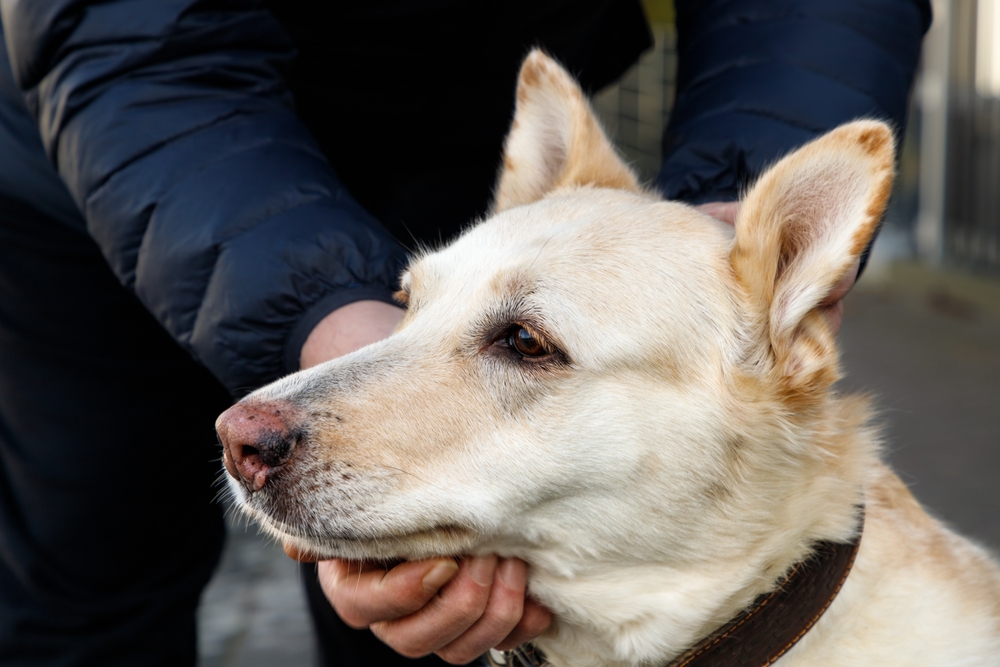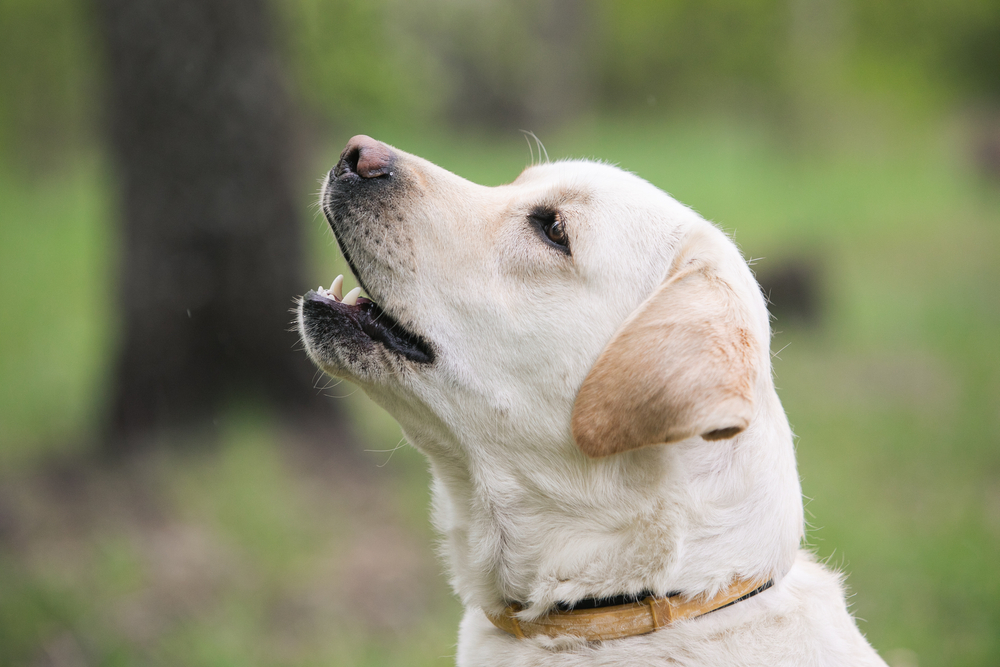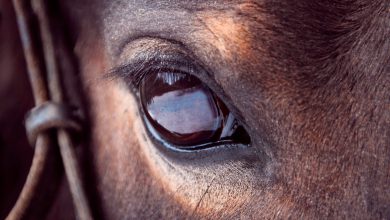Why Do Dogs Noses Turn Pink? Vet-Reviewed Causes & Concerns

Scientists have discovered several genes that affect coat and nose color in canines, although more research is needed. Most dogs have either a brown or black nose, although some dogs may have pink noses or even white in the case of albinism in rare cases. However, the color usually doesn’t change much until a dog ages when it may start to lighten.
If your dog’s nose has turned pink it may have a benign cause like snow nose, a seasonal loss of color in the nose. However, it can also be a sign of a more serious issue, particularly if accompanied by other red flags. Read on to learn more about why your dog’s nose might have turned pink, and whether you should be concerned.


Snow Nose
One common and harmless condition is a seasonal nasal depigmentation known as snow or winter nose. In this condition pigment changes to the nose occur seasonally, most notably in the winter. Surprisingly, things go back to normal in the spring, and the dog’s nose returns to its original color.
Scientists have documented in it several breeds, including the following:
Snow nose typically causes a dog’s nose to turn to a pink or beige color. Only the nose is affected and there should be no other changes to the nasal planum, it should retain its “cobblestone-like” texture and there shouldn’t be sores or scabs. While it’s more prevalent in certain breeds, any dog can develop it.
Dudley nose is similar, in that it causes a pink coloration to noses that would normally be black or brown. Dogs may be affected from birth or the color may gradually fade over time, but unlike with snow nose there is no seasonal pattern to the change to the color and it doesn’t go back to a darker color. Dudley nose is most often reported in Labradors.




Causes
Researchers aren’t sure about the cause of snow nose, genetics are likely to play a role as certain breeds are more likely to suffer from this condition. Because it is mild and usually temporary, it has not been extensively studied. It is thought it may be caused by a breakdown of tyrosinase, which is the enzyme that produces melanin (skin pigment).
Some research has documented lower concentrations of tyrosinase when the temperatures drop. However, snow nose doesn’t necessarily involve cold sensitivity since it can occur regardless of the climate, also affecting dogs in warmer climates.
Treatment
Without a cause, a treatment remains elusive for snow nose. It doesn’t affect the animal’s quality of life. It doesn’t permanently affect the dog’s nose or its texture and function either. We suggest discussing the situation with your vet to make sure other conditions have been ruled out. Snow nose is just a cosmetic issue but you should apply pet safe sunscreen to the sensitive pink skin to avoid sunburn on sunny days.




Medical Concerns
Other causes exist for a pet’s nose to turn pink that may require veterinary intervention. Perhaps one of the most common is trauma. A dog roughhousing may injure their nose, taking a skin layer with it. Their snout may seem to change color, resulting from the redness and inflammation of the immune response. Most times, it’s temporary and goes away when the skin heals.
Other possible reasons for a pink nose are more serious and typically have other signs of a medical problem. A nose turning pink is one thing, but scabs, open sores, bleeding, or hair loss are another matter. Nonetheless, many things can cause these issues, from autoimmune to metabolic to infectious conditions.
Potential causes include the following:
- Discoid lupus erythematosus, an autoimmune disorder
- Trichophyton dermatophytosis (ringworm), a fungal infection
- Vitiligo, an autoimmune disorder associated with depigmentation
- Mucocutaneous pyoderma, a bacterial infection which can be secondary to other conditions like allergies
- Pemphigus foliaceus, an autoimmune disorder
- Uveodermatologic syndrome, an autoimmune disorder most commonly reported in Akitas
- Squamous cell carcinoma, a type of cancer
- Cutaneous lymphoma, a skin cancer
Your vet will do a complete work-up on your pet that may include fungal and bacterial cultures, skin scrapings, or biopsies. Luckily, many of the conditions we cited are treatable. Knowing the cause opens up treatment options.
Final Thoughts
We understand how disconcerting it may seem for your dog’s nose to change color without an evident cause. However, it’s often a benign condition called snow nose if it has a seasonal pattern. Although you may not like your pet’s appearance during an active bout, it won’t hurt your pup. Nevertheless, we suggest discussing the matter with your vet if something else is happening with your dog.
Featured Image Credit: BartTa, Shutterstock



